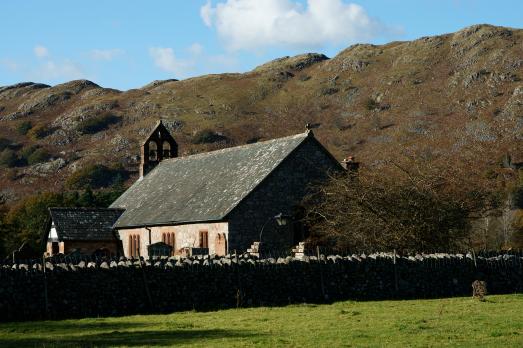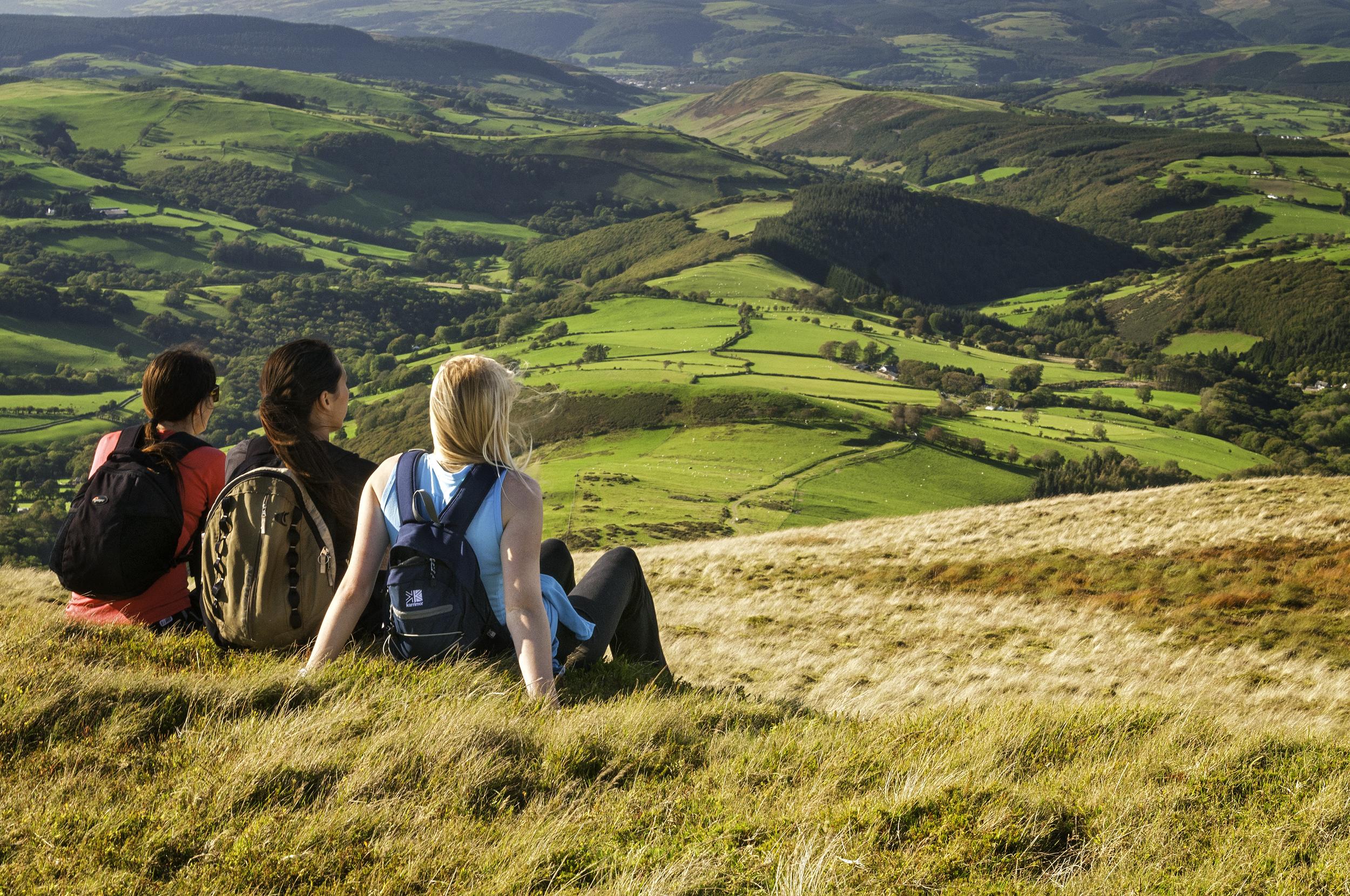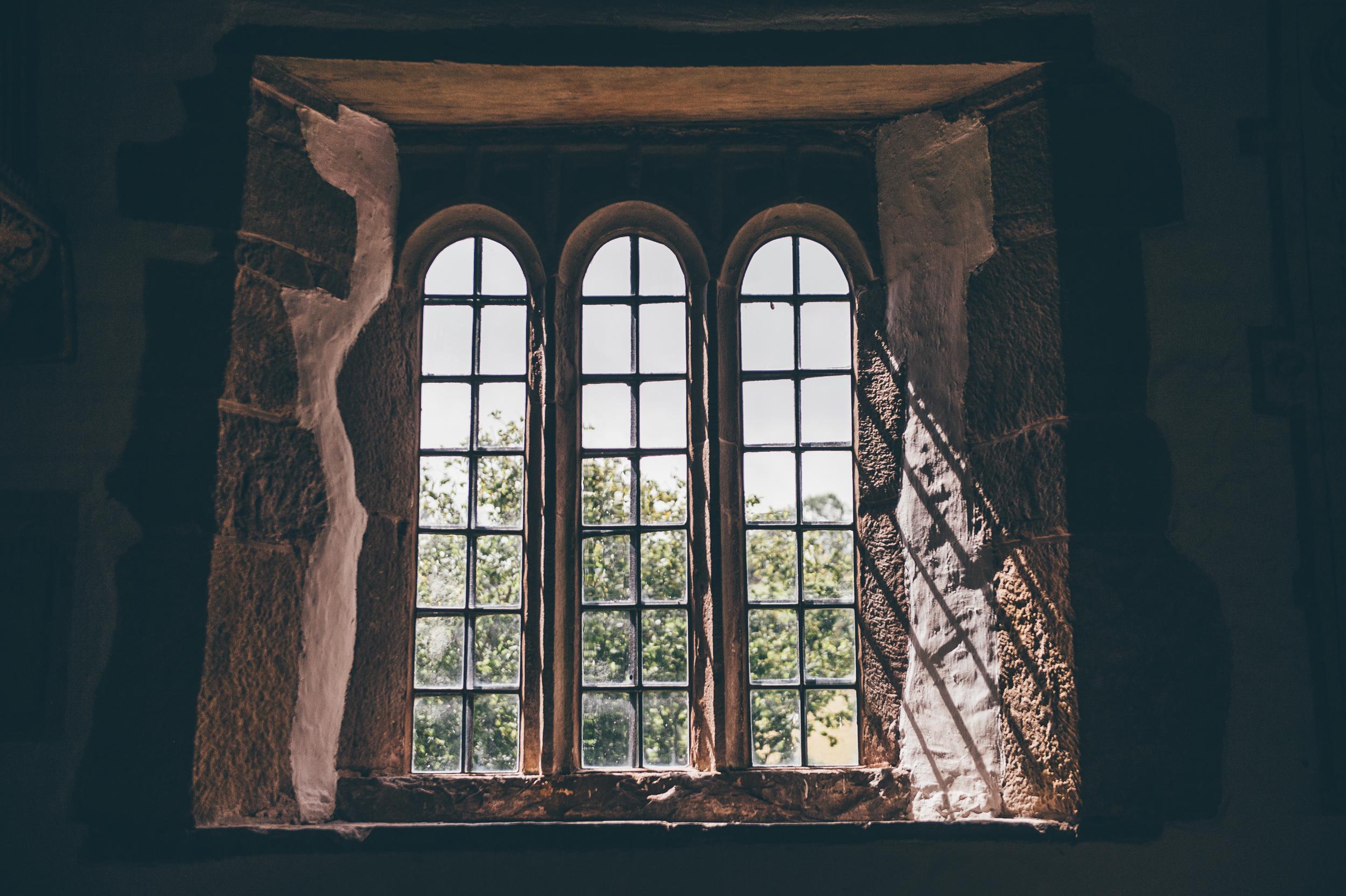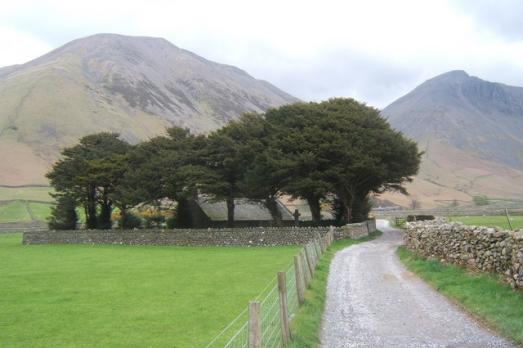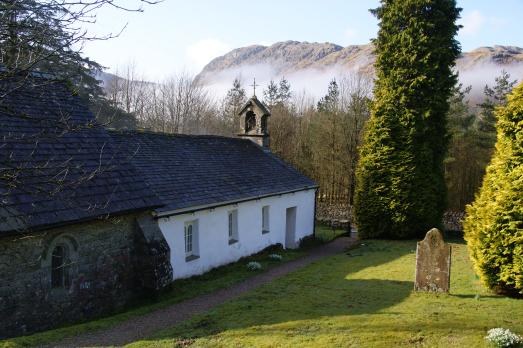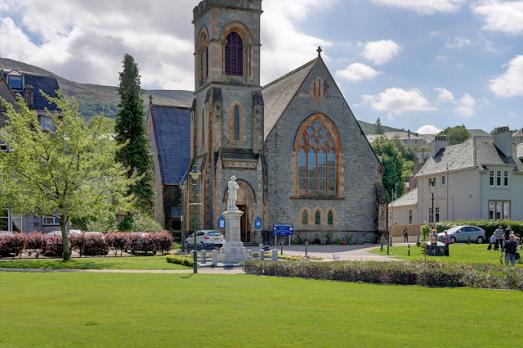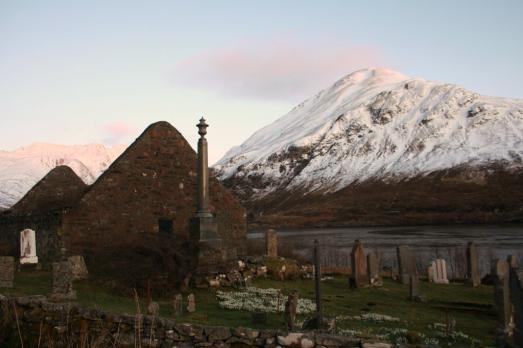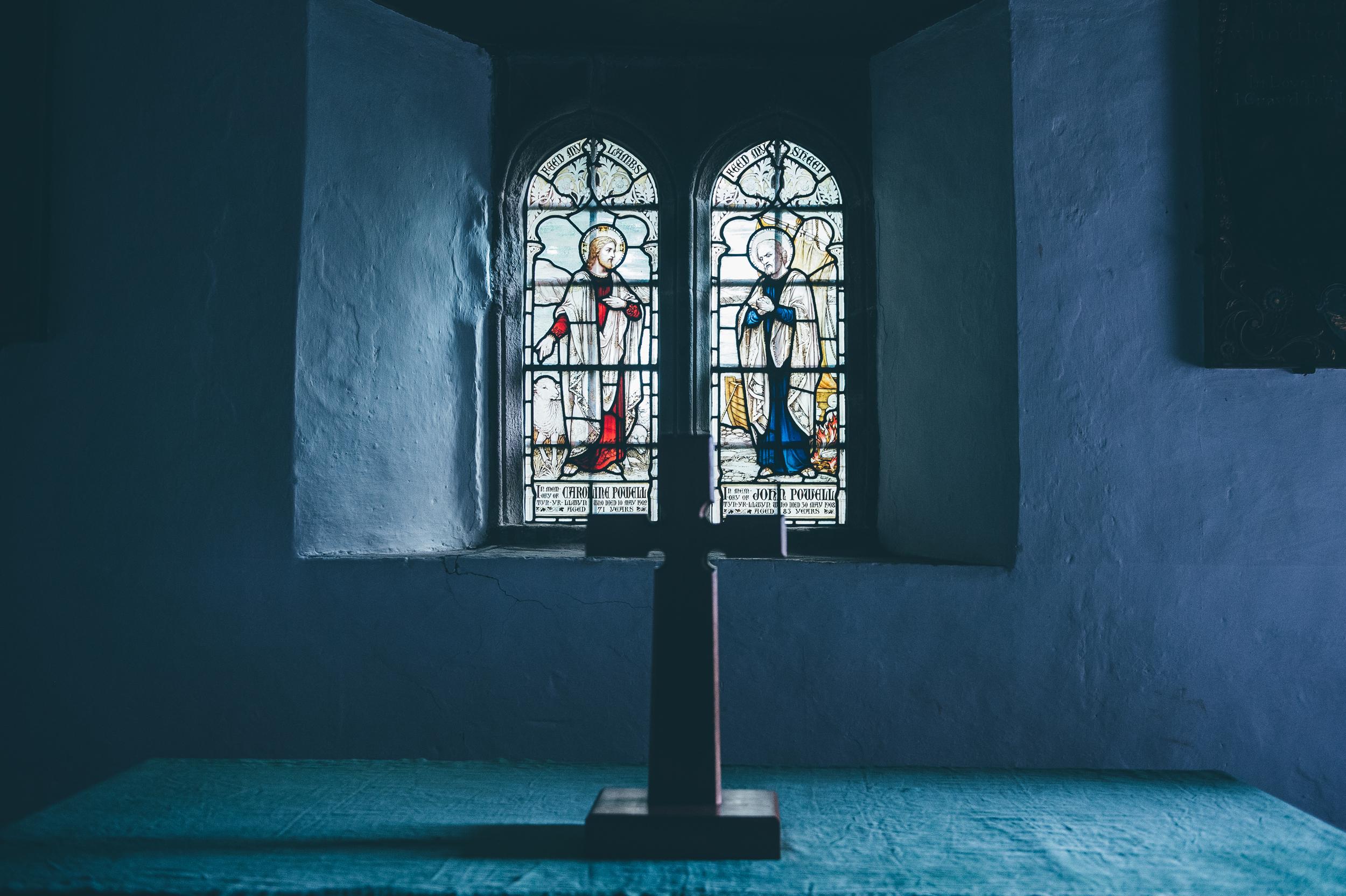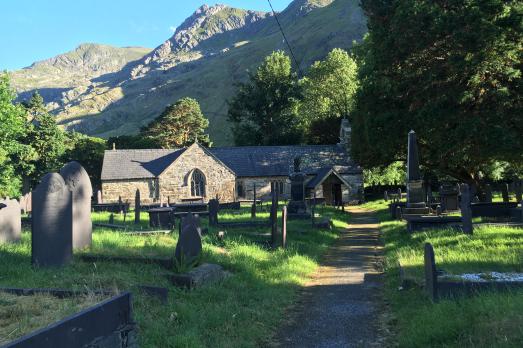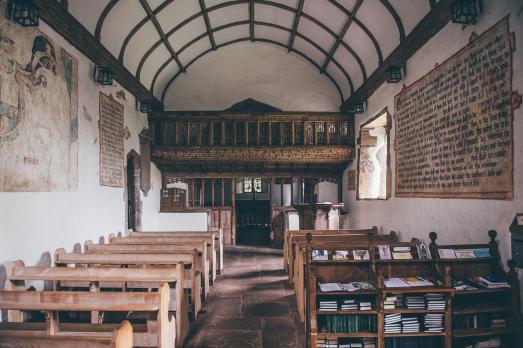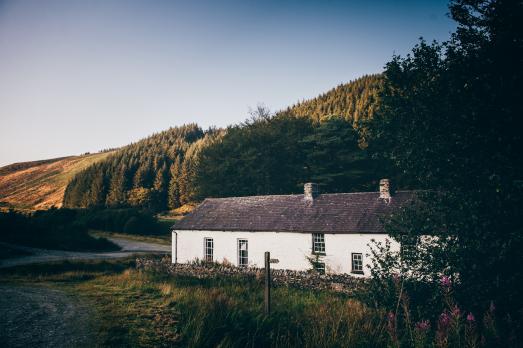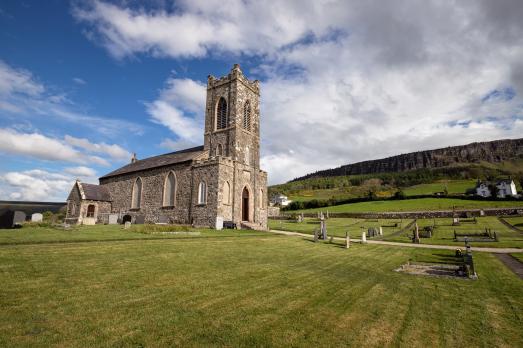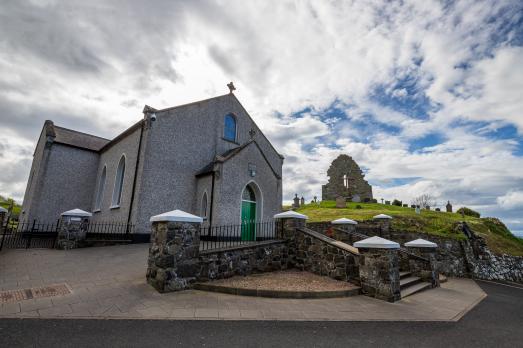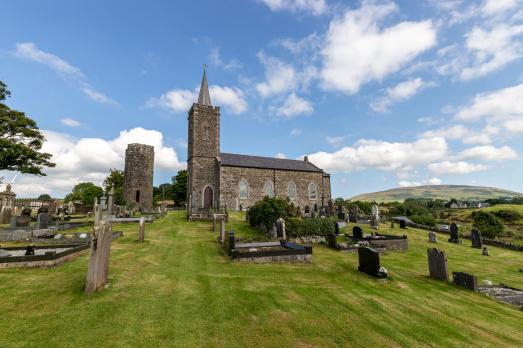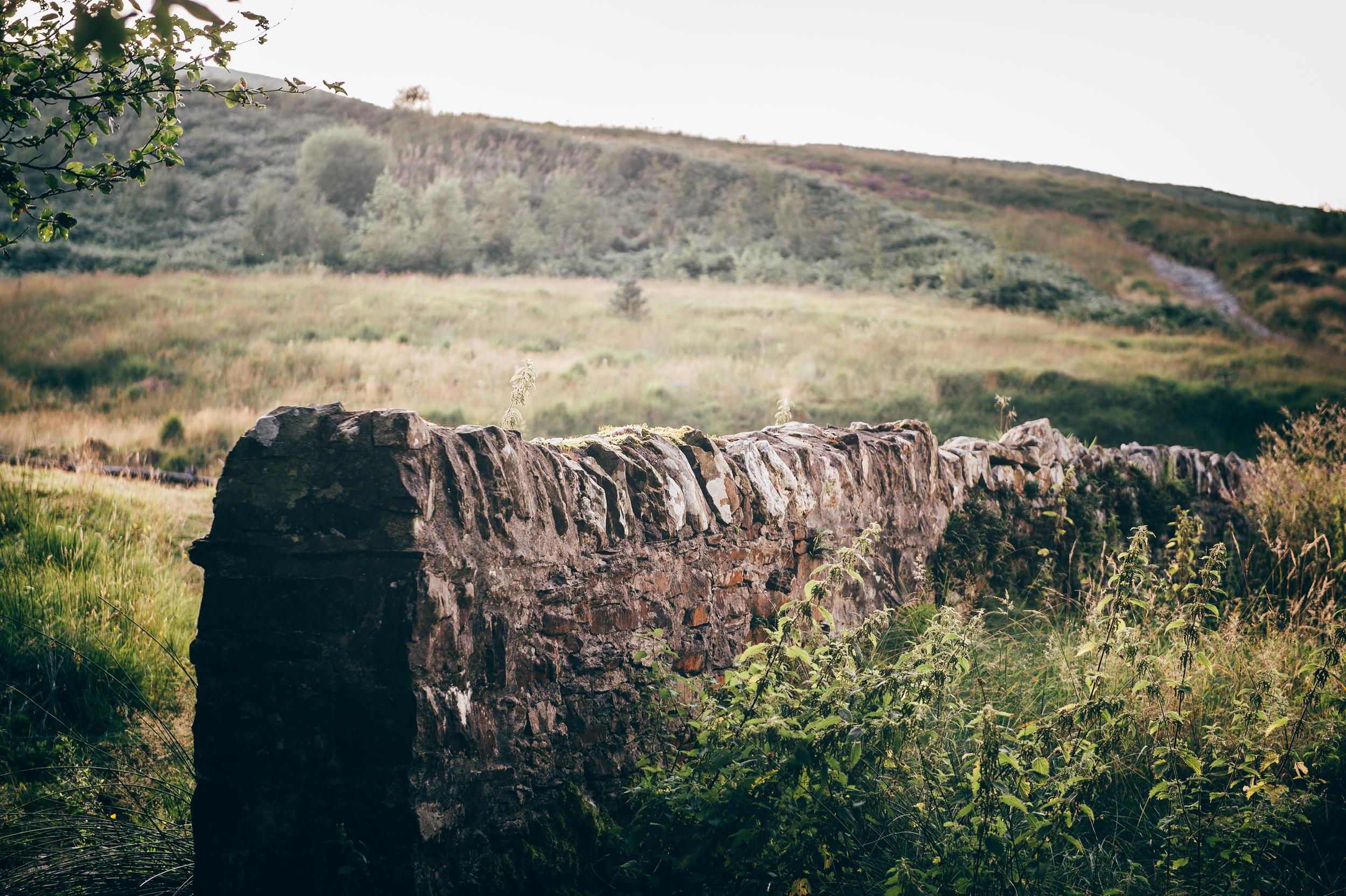Discover the wonder of mountain churches
Churches have been scattered across almost every part of the UK’s landscape for centuries, and mountainous areas are no exception.
These brilliant buildings can be found near many of the UK’s highest peaks and add their own charm to much-loved scenery. Sheltered in hidden valleys underneath our highest mountains, offering places of comfort after a day exploring the surrounding fells.
Whether as a shelter from rain, a source of inspiration for artists or a site to remember lives lost on the peaks, churches close to mountains are wonderful places to discover. But each has its own story to tell.
Find out about some of the UK’s mountain churches and what makes each of them special.
Click each of the churches to find out more about them.
